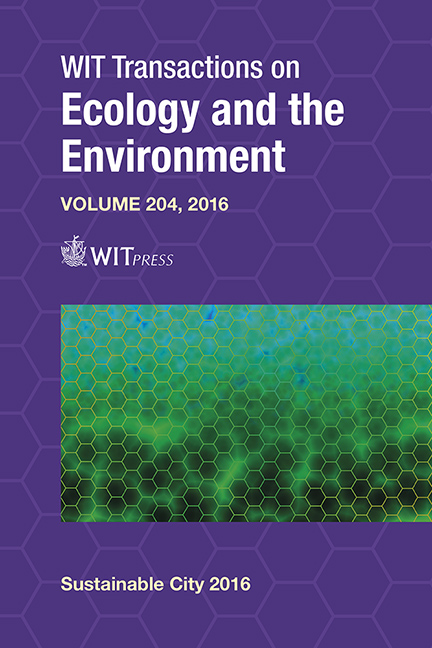Massive 3D Models And Physical Data For Building Simulation At The Urban Scale: A Focus On Geneva And Climate Change Scenarios
Price
Free (open access)
Transaction
Volume
204
Pages
12
Page Range
35 - 46
Published
2016
Size
1,040 kb
Paper DOI
10.2495/SC160041
Copyright
WIT Press
Author(s)
J. R. Vázquez-Canteli, J. H. Kämpf
Abstract
At a time when governments are pursuing increasingly ambitious energy efficiency goals, building energy simulation at the urban scale, combined with the high availability of physical data, can help in performing this task. The purpose of this study is to describe the methodology used to create a geometrical 3D and physical model for the city of Geneva, and to analyze the energy-saving potential of several refurbishment measures, including the installation of more solar PV panels, for different climatic scenarios. Different sources of data are used to build a PostgreSQL database with the physical and geometrical characteristics of the buildings. The virtual models are simulated with CitySim, a program that estimates the energy demand for heating, cooling, and lighting of every building on an hourly basis. The models include, but are not limited to, the shadowing effect among the buildings, the passive solar gains through glazing, the internal gains due to occupants’ activities, the solar reflectance and infrared emissivity of the surfaces, and the materials that provide the buildings with insulation from the outdoors. This research will also provide some results that can be used by the municipal authorities of Geneva as a reference to quantify the decrease of the energy demand that they can expect to achieve in the next years.
Keywords
residential energy use, sustainable development, CO2 reduction strategies, renewable energy technologies, building physics, cities, solar PV





